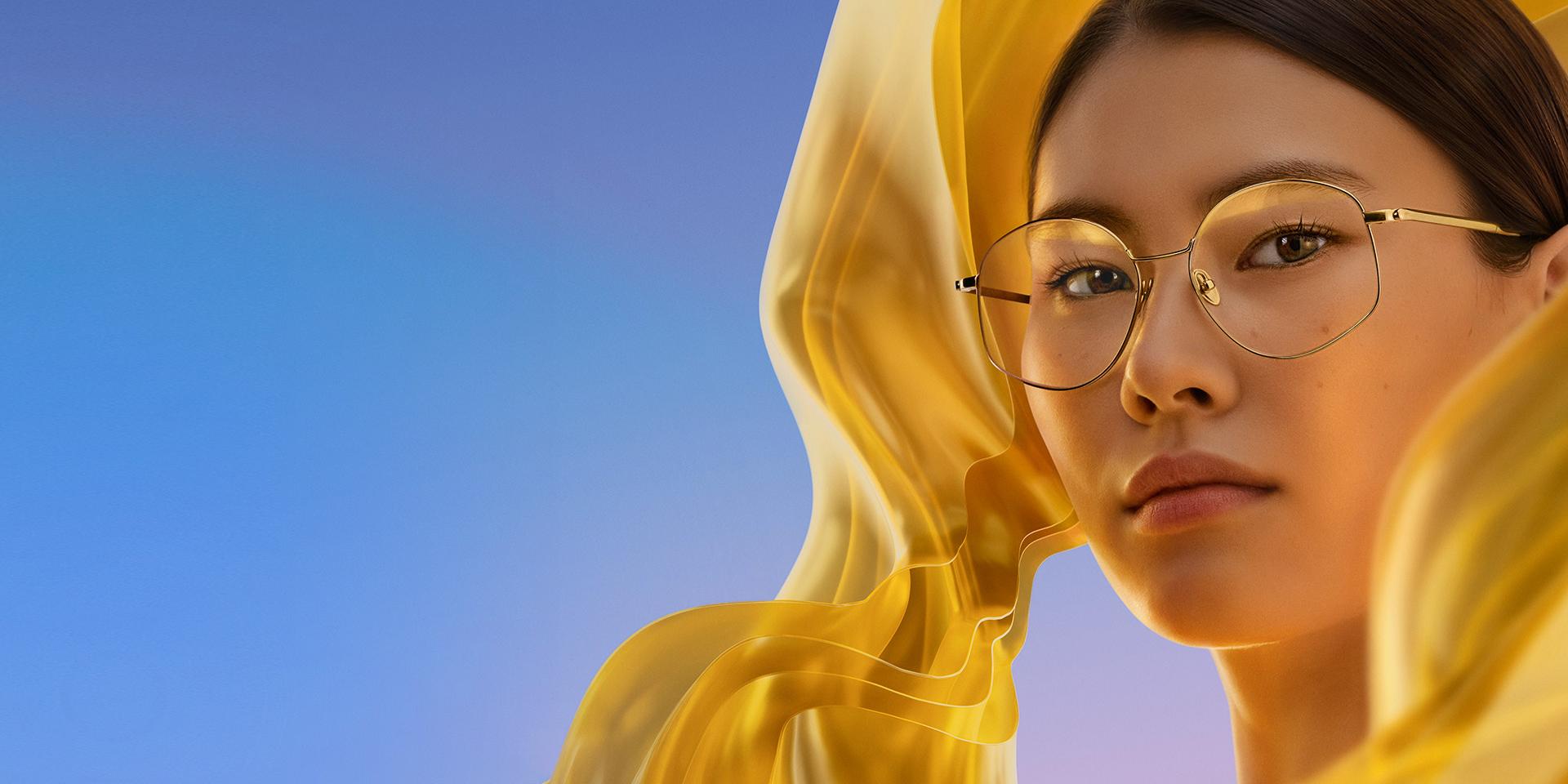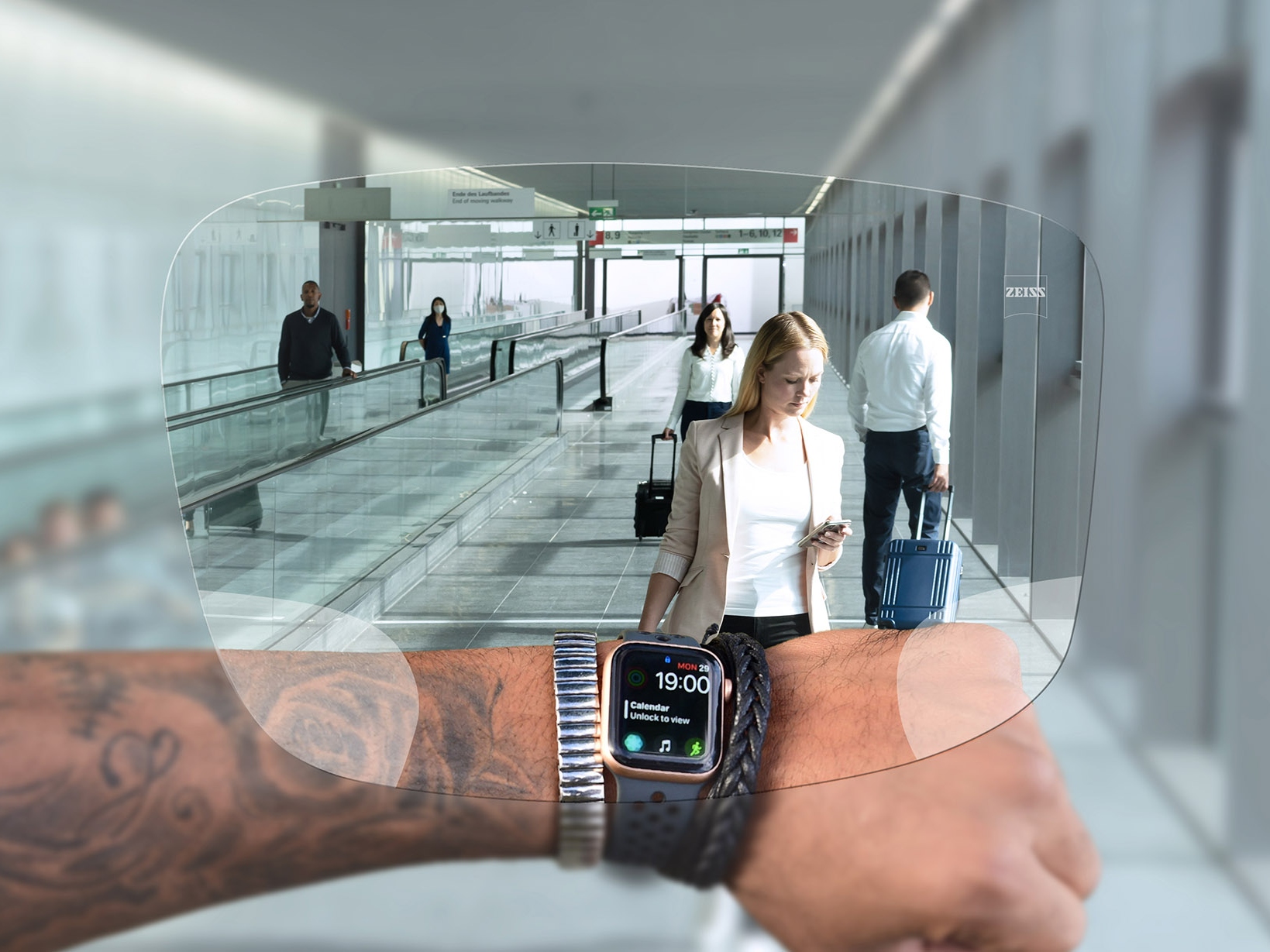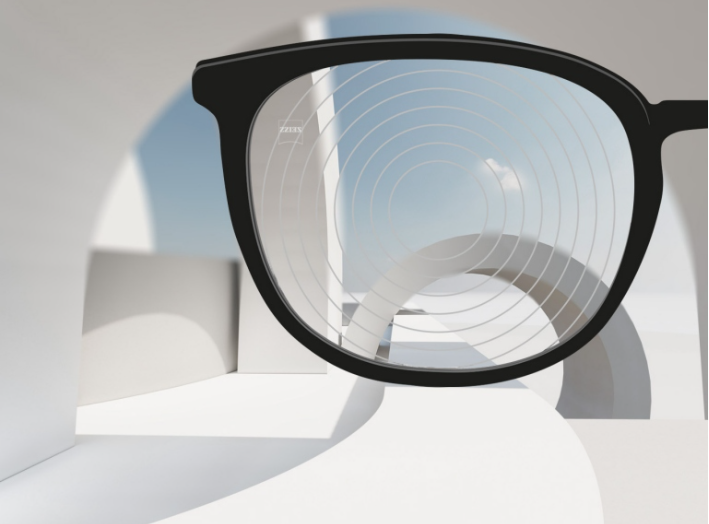When buying glasses, it's easy to get overwhelmed by all the lens add-ons available—anti-reflective coatings, blue light filters, UV protection, photochromic tints, and more. But which ones are really worth your money? In this guide, we break down each add-on, its benefits, rough costs, and who it’s best suited for—so you can make an informed decision. And if you need more help, don’t worry! Our qualified optometrists at Malaya Optical are always here to guide you. What Are Lens Add-Ons? Lens add-ons are optional enhancements that improve your lenses' performance, durability, or comfort. Think of them like upgrades—some essential, some situational, and some nice-to-have. The Most Common Lens Add-Ons (And If They’re Worth It) 1. Anti-Reflective (AR) Coating What it does: Reduces glare from screens, headlights, and bright lighting. Improves…











